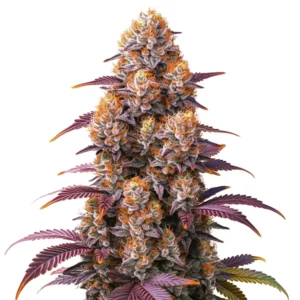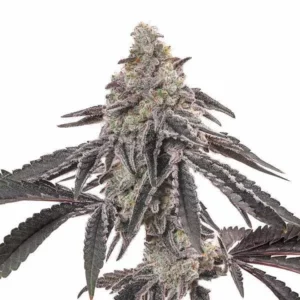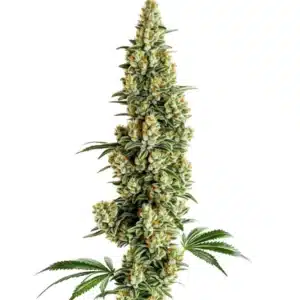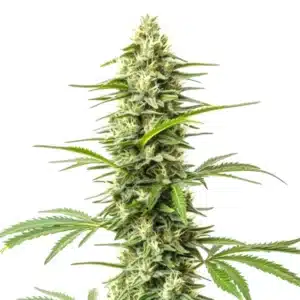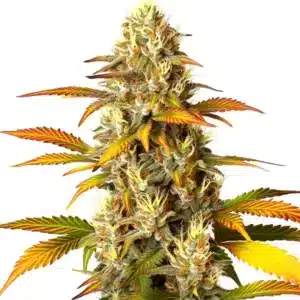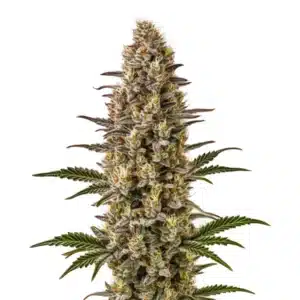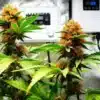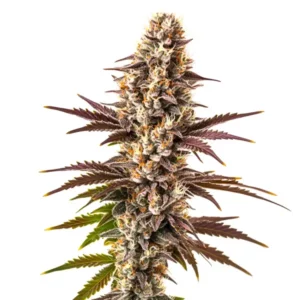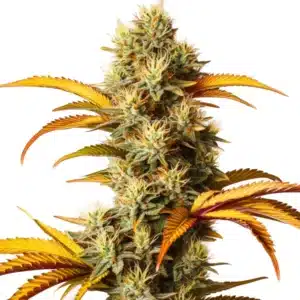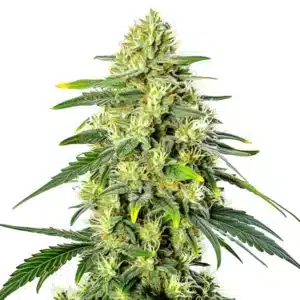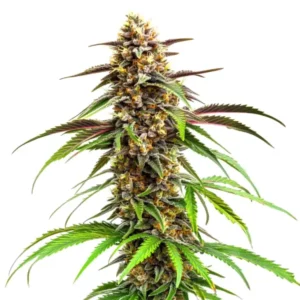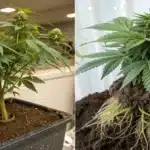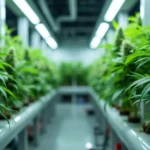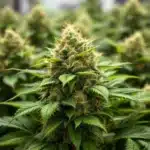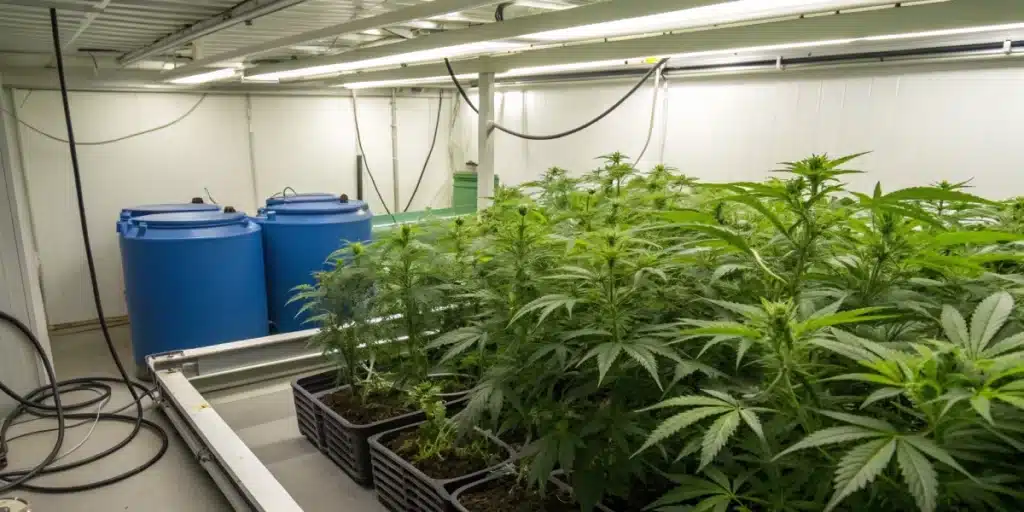
Hydroponic Weed Strains: Growing Techniques and Varieties
What is Hydroponics? A Timeless Technique
Hydroponics is a method of growing plants without soil, where all the nutrients are delivered via water. This technique is not new; its principles were famously used in the Hanging Gardens of Babylon thousands of years ago. In modern cannabis cultivation, it means the plants grow without a substrate, with their roots suspended in a nutrient-rich solution or a continuous film of water, allowing for direct and efficient nutrient absorption.
Promos & Deals
Benefits of Hydroponic Cultivation
Hydroponic weed strains offer a unique approach that can yield remarkable results. By eliminating soil, growers can actively adjust various factors to enhance plant health. This active management produces a robust environment that significantly boosts overall productivity and quality.
Recommended Strains
Faster Growth and Higher Yields
When it comes to faster growth, hydroponic weed strains truly excel. Because the roots directly access nutrient-rich water, plants absorb what they need with maximum efficiency. This translates into quicker maturation times and increased yields, often up to 20% more compared to traditional growing methods.
Efficient Nutrient Delivery Systems
One of the hallmarks of hydroponic systems lies in their efficient nutrient delivery. Plants receive exactly what they require, precisely when they need it, which promotes optimal growth. Systems like Nutrient Film Technique (NFT) or Deep Water Culture (DWC) actively deliver nutrients using a controlled water flow, optimizing plant performance.
Popular Strains for Hydroponics
Not all cannabis varieties perform equally well in hydroponic setups. The most suitable strains for hydroponics are those that are genetically predisposed to develop strong and fast-growing root systems. These robust roots can handle being constantly submerged in water and are efficient at absorbing nutrients. Certain strains naturally thrive under these controlled conditions, making them the preferred choices for many cultivators.
Indica strains often succeed due to their bushy structure and brief growth cycles. Sativa strains can also provide impressive yields with careful management. Hybrid varieties, which combine the best characteristics of both, offer versatility and exceptional performance.
Strains Suited for Indoor Growth
Indoor hydroponic setups benefit from strains that respond well to controlled environments. Varieties like Northern Lights and White Widow enjoy popularity for their resilience and adaptability. Blue Dream also stands out for its balanced effects and high yield potential under controlled conditions.
Characteristics of Hydroponic Varieties
Hydroponic weed strains often display traits that differentiate them from their soil-grown counterparts. One notable characteristic is the enhanced flavor profile. With hydroponics, the precise control over nutrients allows the plant to express its maximum genetic potential, often resulting in higher concentrations of cannabinoids, terpenes, and flavonoids. This improved sensory quality captivates those seeking a more dynamic cannabis experience.
Moreover, plants grown in hydroponic systems usually exhibit robust structures with thicker stems and denser buds, with minimized pest and disease problems.
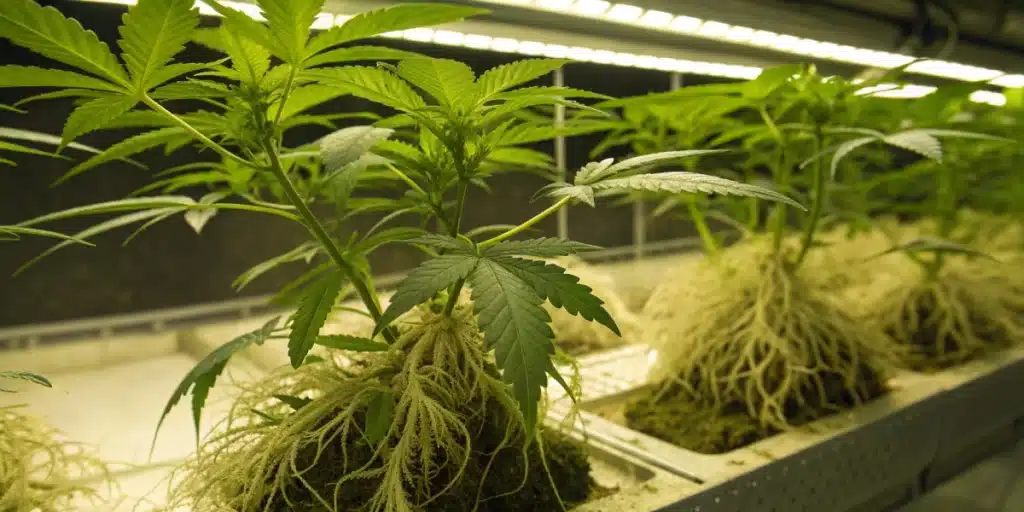
Cultivation Techniques and Setup
Setting up a hydroponic system involves careful planning. Growers choose from options like Deep Water Culture (DWC), Ebb and Flow, and Nutrient Film Technique (NFT). Once a system is selected, they gather essential equipment such as grow lights, pumps, air stones, and pH meters.
Essential Equipment and Systems
To achieve success, growers must carefully choose equipment that supports nutrient delivery. Pumps and air stones ensure that plants receive continuous oxygen and water. LED grow lights provide the perfect spectrum for photosynthesis. Monitoring devices such as pH meters and nutrient testers help maintain ideal conditions.
Best Practices for Nutrient Management
Effective nutrient management forms the backbone of successful hydroponic cultivation. Growers tailor nutrient mixes to match each growth stage. Regular monitoring of electrical conductivity (EC) and pH levels allows for timely adjustments, preventing deficiencies and toxicities.
Managing Environmental Conditions
Creating an optimal environment for hydroponic weed is vital. Growers actively control temperature, humidity, and light levels.
Controlling Water Temperature
In hydroponics, the temperature of your water is just as important as the air temperature. The nutrient solution should always be maintained at around 18°C (65°F) for optimal oxygen levels and nutrient uptake. If the water temperature drops below 10°C (50°F), the roots can go into shock, halting growth. Conversely, if the temperature rises above 23°C (73°F), the oxygen level in the water drops, creating a dangerous breeding ground for harmful fungi and root rot. Using a water chiller or heater is often necessary to maintain this critical balance.
Maintaining Optimal pH Levels
Managing pH levels is critical. The ideal pH range for hydroponic weed typically falls between 5.5 and 6.5. Regular monitoring prevents issues such as nutrient lockout.
Controlling Temperature and Humidity
Effective control of air temperature and humidity supports robust growth. Maintaining ideal conditions with fans, dehumidifiers, or air conditioners helps prevent issues such as mold and mildew.
Harvesting and Post-Growth Care
Once your hydroponic weed strains reach maturity, the next phase involves harvesting and attentive post-growth care. Timing the harvest correctly, based on trichome development, actively ensures maximum potency and flavor. Growers closely inspect plants and cut branches at the optimal time, keeping quality in mind throughout the entire process.
After the harvest, meticulous post-harvest care preserves the integrity of the cannabis. Curing the buds in airtight containers allows for gradual moisture release and active enhancement of flavors and potency. With careful handling during both harvest and curing, cultivators actively secure a smooth and enjoyable smoking experience from their hydroponic weed.
Timing the Harvest for Maximum Potency
Determining the perfect moment for harvest remains a delicate task that requires active attention. Many cultivators use magnification tools to observe trichome color changes, aiming to harvest when they become cloudy or amber. This deliberate timing maximizes THC levels and ensures that each bud reaches its full potential. Growers of hydroponic weed actively monitor these signs to capture peak quality.
When growers identify the optimal harvest window, they act decisively to secure the best results. Employing proper techniques during this critical phase actively preserves the full range of cannabinoids and terpenes. This thorough approach generates a highly potent product, reinforcing the benefits and success of hydroponic weed cultivation.
Curing and Storage Best Practices
The curing process significantly influences the final quality of your cannabis, demanding active care and precision. Once buds dry properly, placing them in airtight containers for slow curing brings out richer flavors and increased potency. Growers actively burp the containers by allowing fresh air inside, preventing moisture build-up that can lead to mold.
Proper storage practices also matter. Storing buds in cool, dark conditions with controlled humidity actively preserves their quality for extended periods. Using glass jars or vacuum-sealed bags helps maintain the integrity of hydroponic weed, ensuring that it delivers long-lasting freshness and a consistent, superior smoking experience.
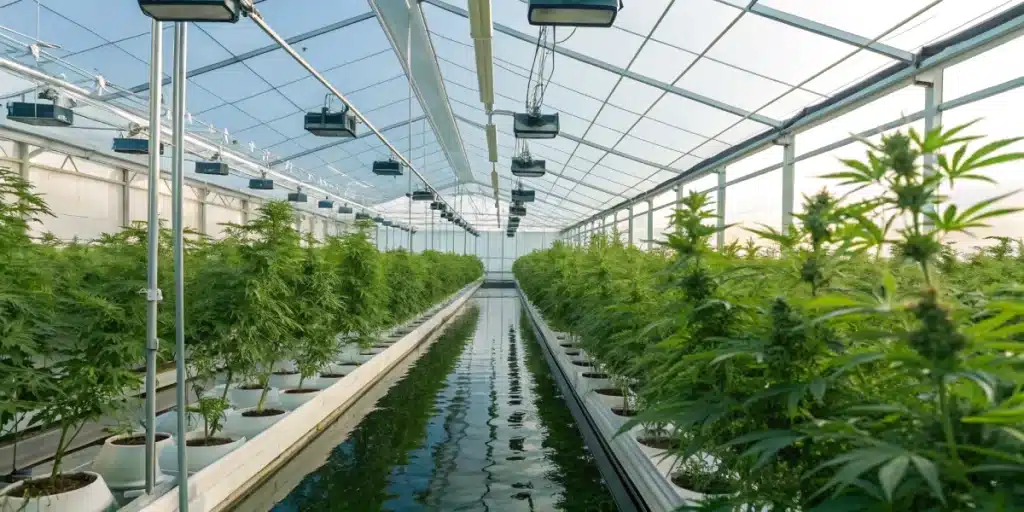
FAQs about hydroponic weed strains
Which strains perform best in hydroponic systems?
Many cultivators find that certain strains excel in hydroponic setups. Varieties such as Northern Lights, White Widow, and Blue Dream actively flourish in controlled environments, producing high-quality buds. The unique conditions of hydroponics consistently bring out the best in these strains, making them popular among indoor growers.
How do nutrient solutions affect hydroponic growth?
Nutrient solutions play an indispensable part in the success of hydroponic weed systems. They provide plants with a balanced mix of essential nutrients, actively enhancing growth and overall health. When growers tailor these solutions to the specific requirements of each growth stage, plants absorb the nutrients they need quickly and effectively.
What are the common issues faced in hydroponic setups?
Hydroponic setups present several challenges that cultivators must address actively. Common issues include pH imbalances, nutrient deficiencies or excesses, and environmental fluctuations that can stress plants. Growers actively monitor these factors and apply timely corrections to maintain stability across the system.


